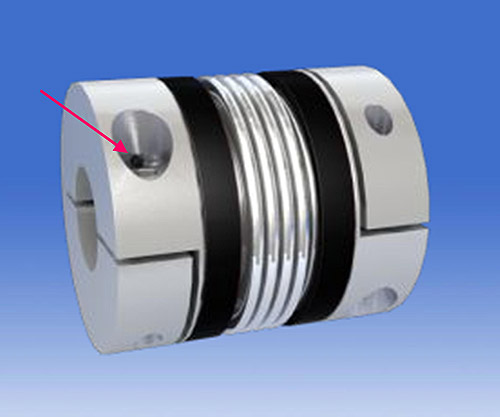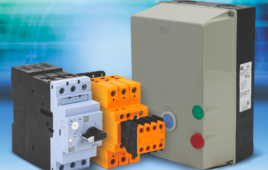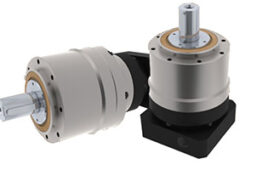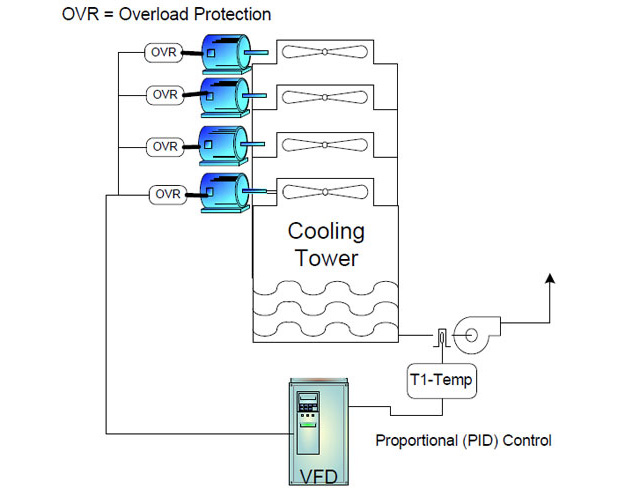Frictional clamping connections have for many years been the standard in servo coupling applications, where backlash must be minimized, and without which, keyways could be very quickly wallowed-out in indexing and reversing applications. Clamping collars with an appropriate shaft fit tolerance can in most cases transmit the full load without keyways, though keys are often included anyway for shaft timing purposes. While frictional clamping is undisputed as the most appropriate form of shaft linkage from a performance standpoint, it does require that more care be taken in installation and removal.

Since the servo coupling is normally mounted inside a housing when the motor shaft is inserted, the assembler is working mostly blind when it comes time to complete the connection. The minimal clearance between the shaft and the bore can make it easy for the shaft to hang-up in the bore, and compress the flexible coupling with damaging results. Care must be taken that the shaft is freely inserted within the bore prior to tightening the screw, which is not always easy. Later, while in use over an extended period of time, fretting corrosion can cause the clamping collar to bond to the steel shaft. If a need to remove the motor should arise, the clamp must be pried open in order to allow for removal of the shaft. In cases where the motor is heavy or cumbersome, it can also be difficult to avoid damaging the coupling during the removal process.
Fortunately there is now an easy solution to this problem with the R+W “Self-Opening Clamp” feature. This simple innovation involves a pin, mounted directly adjacent to the head of the clamping screw. When the screw is loosened, the screw head is blocked by the pin, transferring the force back onto the other side of the clamp, and forcing the clamp to open. By temporarily increasing the inside diameter of the clamp, not only is smooth, easy installation possible, but it also helps to break the bond between the hub and shaft after extended use, making shaft removal as easy as ever.
R+W America
www.rw-america.com
::Design World::
Filed Under: Couplings, Motion control • motor controls





Tell Us What You Think!